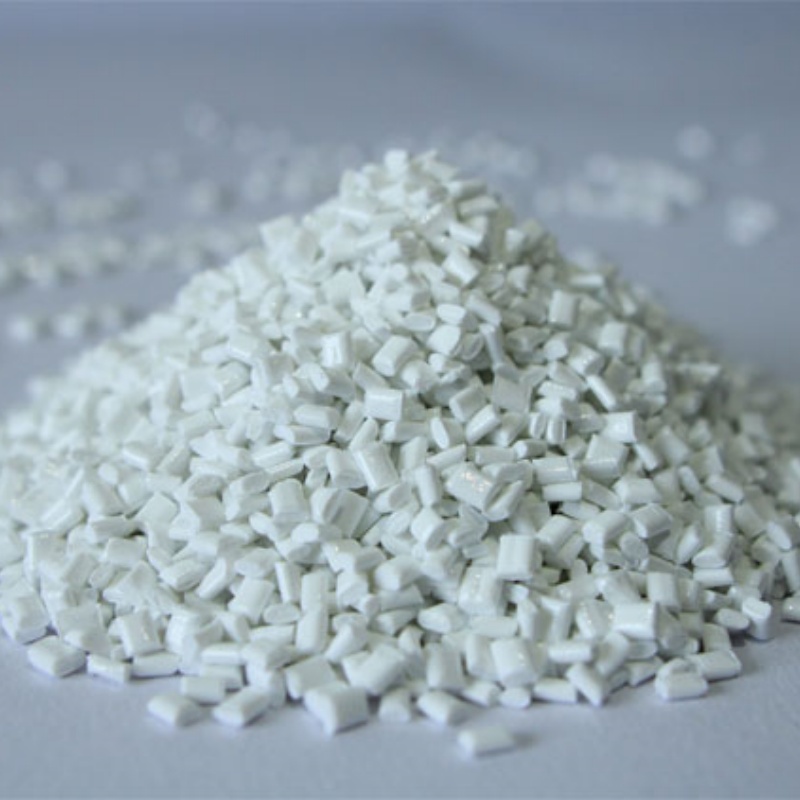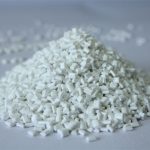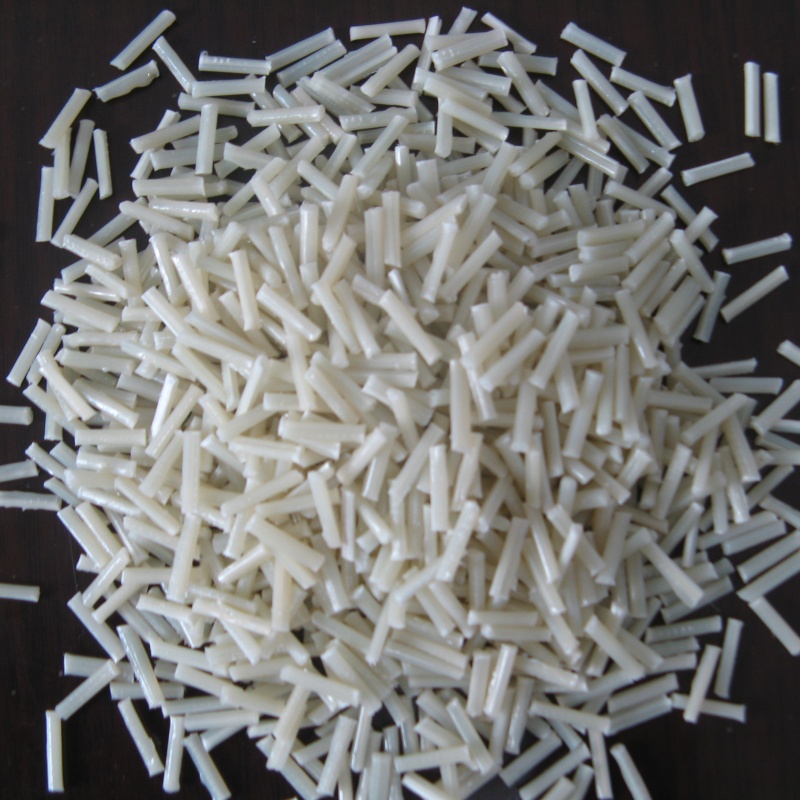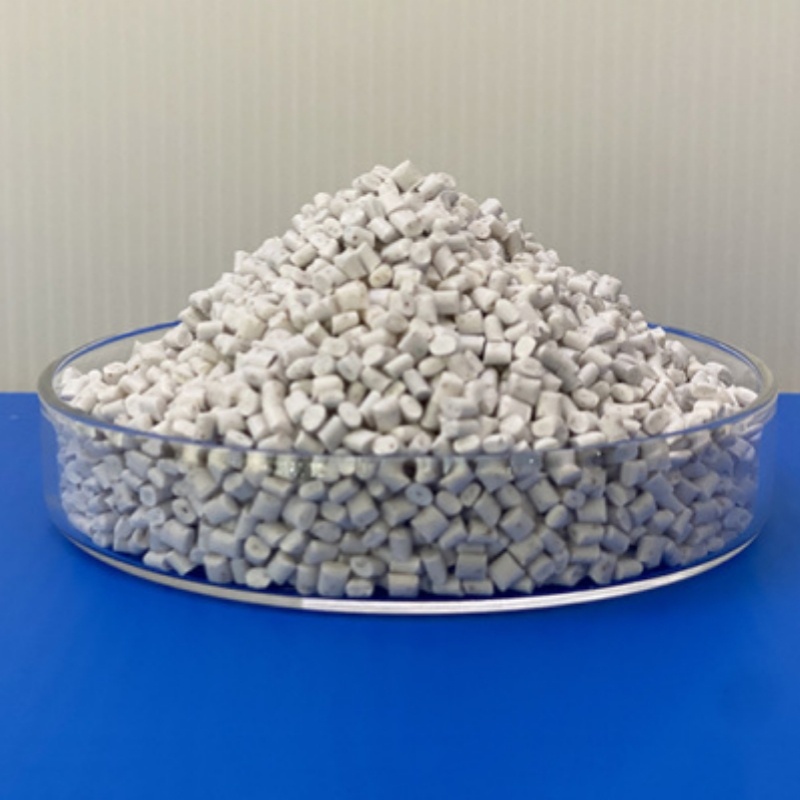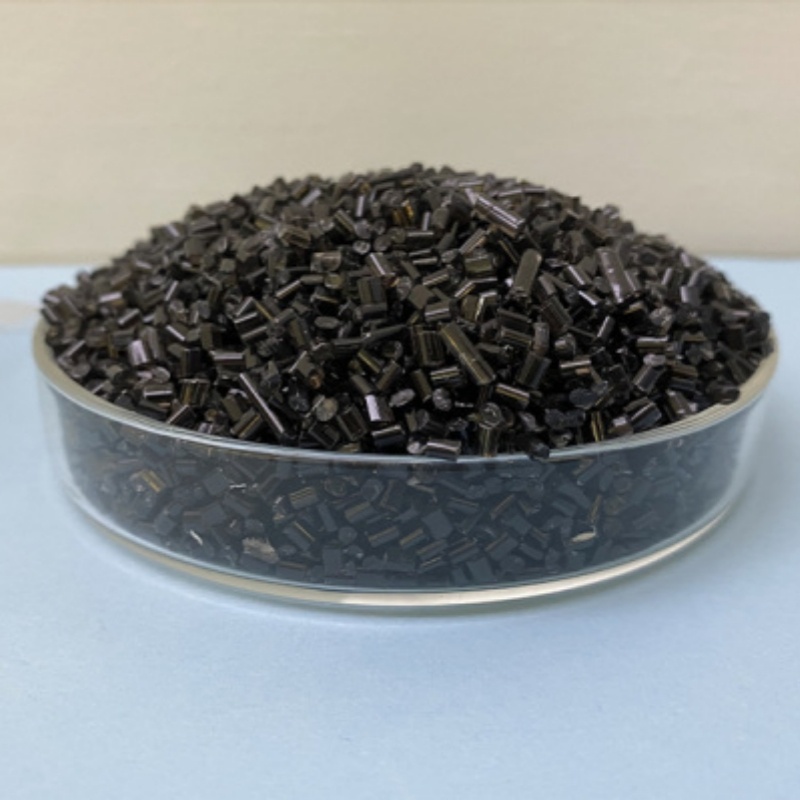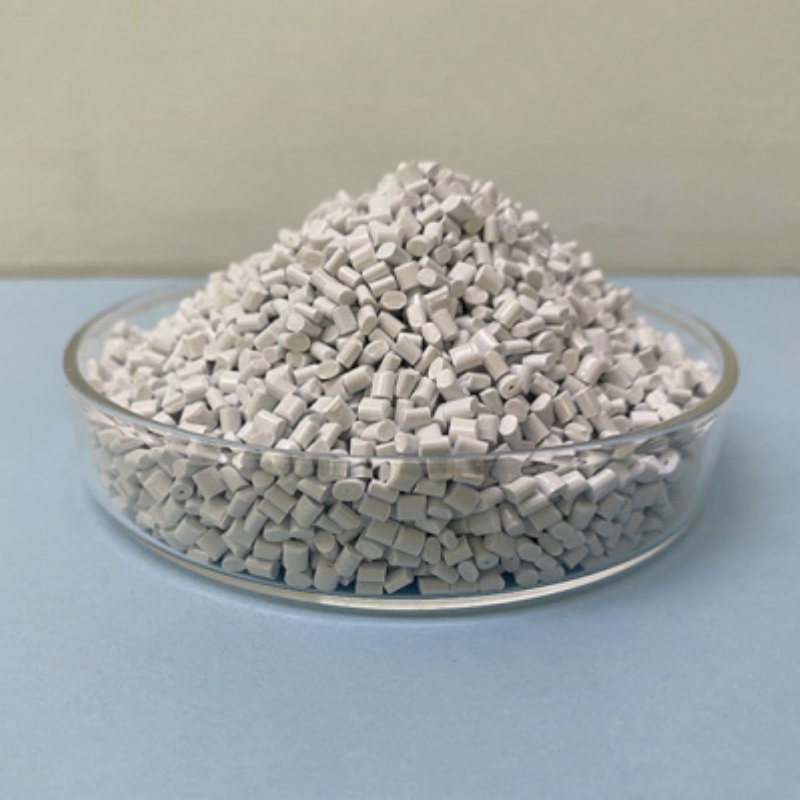Flame Retardant PC (Polycarbonate) Material provides superior fire resistance, excellent mechanical strength, and high thermal stability. Designed for electrical enclosures, automotive components, and industrial applications, it ensures safety, durability, and reliable long-term performance.
Product Overview
Flame retardant PC material is a polycarbonate-based material that exhibits excellent flame retardancy. It is available in various types based on different formulations, offering multiple features such as ultra-thin flame retardancy, high flame resistance, high heat resistance, transparency, aging resistance, and low-temperature aging resistance. These different types of flame retardant PC materials can be selected and customized based on application needs, making them suitable for use in electronic device housings, automotive light housings, dashboards, and other fields. The material’s flame retardancy and mechanical properties (such as strength and toughness) meet the demands of high-end industrial applications, and it is widely used in industries such as electronics, electrical, automotive, and office equipment.
Key Features
- Multiple Flame Retardancy Levels: Offers various levels of flame retardancy, including ultra-thin, high flame retardant, and high heat resistance, ensuring stability in high-temperature environments.
- Transparency: Provides transparent flame retardant PC material that maintains excellent optical performance, suitable for products requiring high transparency.
- Excellent Aging Resistance: The material is resistant to aging and is particularly suitable for long-term use, with good weather resistance, especially in outdoor environments.
- Low Temperature Resistance: Suitable for low-temperature environments, maintaining excellent mechanical properties even in applications below -30°C.
- Enhanced Performance: Available in enhanced grades (e.g., 10%, 20% reinforcement) to improve strength and rigidity, meeting higher strength demands.
- Good Processability: Exhibits excellent flowability, making it suitable for various molding processes, including injection molding and extrusion.
Applications
- Electronic Device Housings: Used for electronic product enclosures, providing excellent flame retardant and mechanical properties.
- Automotive Parts: Suitable for automotive components such as headlamp housings and dashboards, enhancing safety and durability.
- Office Equipment: Used in components like printer paper feed boards and paper feed guides, ensuring long-term stable operation of equipment.
- Power Tool Housings: Used for electric tool housings, offering strong impact resistance and high heat resistance.
- Business Instruments: Suitable for business instrument components, providing excellent mechanical strength and transparency to ensure high precision and stability.
| Property | Method | Test Conditions | Unit | FRPC-1 | FRPC-2 | FRPC-3 | FRPC-4 | FRPC-5 |
| Density | ISO1183 | 23℃ | g/cm³ | 1.2 | 1.2 | 1.2 | 1.2 | 1.2 |
| Melt Flow Index | ISO1133 | 300℃/1.2kg | cm³/10min | 20 | 19 | 10 | 10 | 13 |
| Shrinkage Rate | ISO2577 | - | % | 0.5-0.7 | 0.5-0.7 | 0.4-0.6 | 0.4-0.6 | 0.4-0.6 |
| Rockwell Hardness | ISO2039-2 | 1/2" | R-Scale | 120 | 120 | 122 | 123 | 122 |
| Tensile Strength | ISO527 | 50mm/min | MPa | 62 | 60 | 70 | 65 | 65 |
| Elongation | ISO527 | 50mm/min | % | 100 | 70 | 120 | 120 | 110 |
| Flexural Strength | ISO178 | 2mm/min | MPa | 90 | 90 | 90 | 90 | 85 |
| Flexural Modulus | ISO178 | 2mm/min | GPa | 2.4 | 2.5 | 2.3 | 2.3 | 2.4 |
| Notched Impact Strength | ISO180 | Notched, 23℃ | KJ/m² | 70 | 55 | 70 | 70 | 50 |
| Heat Deflection Temperature | ISO75-2 | 18.5kg, 120℃/hr (unannealed) | ℃ | 104 | 88 | 125 | 125 | 115 |
| Softening Point | ISO306 | 1kg, 50℃/hr (unannealed) | ℃ | 125 | 110 | 150 | 150 | 148 |
| Combustion Rating | UL-96 | - | - | 0.6mmV0 | 0.8mmV0 | 1.0mmV0 | 2.5mmV0 | 3mmV0 |
| Glow Wire 850℃ | - | 1.5mm | - | - | - | - | - | - |
| Processing Parameters | - | - | - | |||||
| Drying Temperature | - | - | ℃ | 100-105 | 85-90 | 120 | 120 | 110 |
| Drying Time | - | - | Hours | 4月6日 | 4月6日 | 4月6日 | 4月6日 | 4月6日 |
| Barrel Temperature | - | - | ℃ | 260-280 | 250-270 | 280-310 | 280-310 | 260-280 |
| Mold Temperature | - | - | ℃ | 70-100 | 70-100 | 70-100 | 70-100 | 70-100 |
| Property | Method | Test Conditions | Unit | PC-6600C | PC-618U | EG-8410 | EG-8420 | EG-8430 |
| Density | ISO1183 | 23℃ | g/cm³ | 1.2 | 1.2 | 1.27 | 1.35 | 1.44 |
| Melt Flow Index | ISO1133 | 300℃/1.2kg | cm³/10min | 11 | 10 | 9 | 8 | 7 |
| Shrinkage Rate | ISO2577 | - | % | 0.4-0.6 | 0.4-0.6 | 0.2-0.4 | 0.1-0.3 | 0.1-0.3 |
| Rockwell Hardness | ISO2039-2 | 1/2" | R-Scale | 122 | 122 | 124 | 122 | 122 |
| Tensile Strength | ISO527 | 50mm/min | MPa | 60 | 65 | 70 | 90 | 120 |
| Elongation | ISO527 | 50mm/min | % | 119 | 120 | 4 | 3 | 2 |
| Flexural Strength | ISO178 | 2mm/min | MPa | 90 | 90 | 110 | 120 | 120 |
| Flexural Modulus | ISO178 | 2mm/min | GPa | 2.3 | 2.3 | 3.4 | 5.3 | 7.6 |
| Notched Impact Strength | ISO180 | Notched, 23℃ | KJ/m² | 60 | 60 | 42(-40℃) | 8 | 13 |
| Heat Deflection Temperature | ISO75-2 | 18.5kg, 120℃/hr (unannealed) | ℃ | 115 | 125 | 140 | 140 | 140 |
| Softening Point | ISO306 | 1kg, 50℃/hr (unannealed) | ℃ | 146 | 150 | 155 | 160 | 165 |
| Combustion Rating | UL-96 | - | - | 1.5mmV0 | 1.5mmV0 | 1.5mmV0 | 1.5mmV0 | 1.5mmV0 |
| Processing Parameters | - | - | - | |||||
| Drying Temperature | - | - | ℃ | 110 | 120 | 120 | 120 | 110 |
| Drying Time | - | - | Hours | 4月6日 | 4月6日 | 4月6日 | 4月6日 | 4月6日 |
| Barrel Temperature | - | - | ℃ | 260-280 | 270-290 | 280-310 | 290-320 | 290-320 |
| Mold Temperature | - | - | ℃ | 70-100 | 70-100 | 90-120 | 90-120 | 90-120 |
 new material
new material

